The HYPERION II Laser Imaging Microscope is breaking new ground in FTIR imaging with unmatched flexibility in integrating QCL technology with traditional IR source-based imaging down to the diffraction limit. The HYPERION II is the only IR microscope that combines infrared laser imaging (QCL) and FTIR microscopy in a single device empowering the user to get the best data possible.
With the HYPERION II, you are prepared for any application challenge. Whether you want to combine ATR, transmission, or reflection with single element MCT-, FPA- , or laser-imaging measurements, take control and let the HYPERION II work for you.
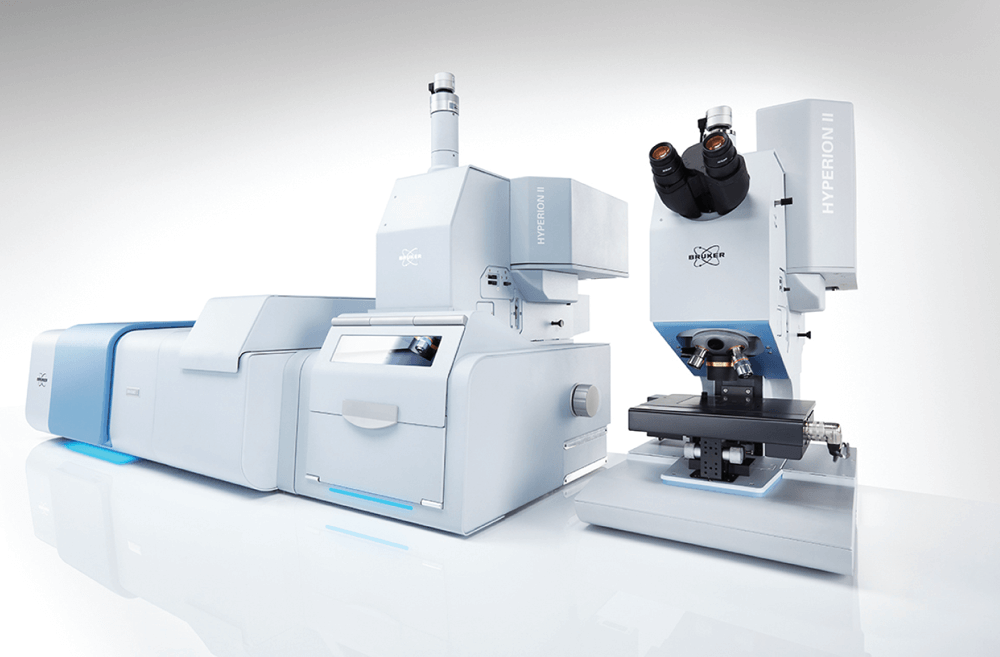
Its focal-plane array (FPA) detector takes IR imaging to the next level, providing unmatched spatial resolution and peak sensitivity for all analytical tasks. By incorporating both QCL technology and FTIR into the HYPERION II, the infrared laser imaging module (ILIM) offers limitless opportunities for new and exciting discoveries.
But above all, the HYPERION II is all about having complete control of the instrument on a software platform that make even the most demanding analyses quick and easy. Taking FTIR measurements in single point mode, mapping or full imaging with various detectors and objectives is easily done. The Hyperion II also utilizes special sample stages like heating and cooling stages with full software control of temperature ramps and data analysis. With the OPUS Wizard software platform, you readily select and optimize the outcome of your results.
Only a practical combination of both FTIR and QCL in one easy workflow achieves the best results. Fortunately, the HYPERION II is both an unrivaled FTIR imaging microscope and a groundbreaking QCL microscope.
To learn more, please visit: http://www.bruker.com/HYPERION
The JMS-T2000GC AccuTOF™ GC-Alpha is the sixth generation JEOL GC-TOFMS, featuring a redesigned ion optical system to simultaneously achieve high resolution (R ≥ 30,000), high mass accuracy (≤ 1ppm), and high ion transmission (for increased sensitivity). This system also offers high-speed data acquisition for use with advanced GC-MS measurements such as comprehensive two-dimensional GC (GCxGC), while the wide dynamic range is useful for not only quantitative analysis but also for qualitative analysis of complex mixtures. Additionally, the AccuTOF™ GC-Alpha offers a wide mass range (up to m/z 6,000) that is especially useful for direct MS measurements of nonvolatile compounds.
The AccuTOF™ GC-Alpha also features new data analysis software: msFineAnalysis. The msFineAnalysis software is a new generation of automated data analysis software that provides qualitative results by combining data acquired by EI and soft ionization (FI, CI, or PI) in a simple, speedy and automated way. Additionally, the latest version of this software offers a comparison feature to identify differences between samples.
Aiming for high performance while keeping it simple, the AccuTOF™ GC-Alpha uses two new key technologies:
New high-performance hardware
• Resolving Power: ≥ 30,000
• Mass Accuracy: ≤ 1ppm
• Optional Soft Ionization: CI, PI, FI
• Combination Ion Sources: EI/FI/FD and EI/PI
Next generation analysis software (msFineAnalysis) for fast yet simple operation
• Combines EI and soft ionization data for automatic qualitative analysis
• Chromatographic peak deconvolution
• Group analysis for extracting compounds with common substructures
• Differential analysis for directly comparing 2 samples
• Supports the analysis of EI data alone
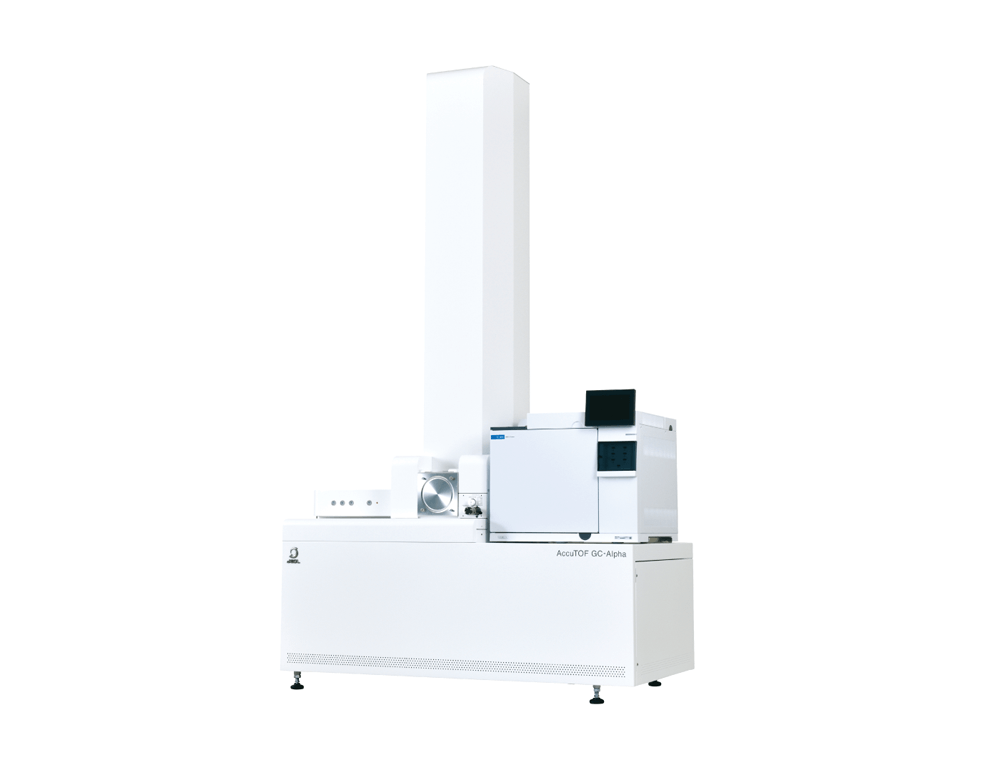
Since its introduction in 2018, the msFineAnalysis software for the AccuTOF™ GC series has been well received as an innovative software solution for the automatic qualitative analysis of unknown compounds. This software makes full use of the high-quality data obtained by the AccuTOF™ GC-Alpha, thus providing a new approach to qualitative analysis for identification of unknown compounds.
The AccuTOF™ GC-Alpha is truly a high-performance GC-MS system that removes limitations in chemical analysis.
To learn more, please visit: https://go.jeolusa.com/AccuTOFTAS-Innovators-Issue
Spectrus JS is a first-of-its-kind software providing a complete toolset for processing 1D and 2D NMR data in your browser. Spectrus JS lessens the load on you and your computer with:
• minimal CPU demands
• no required downloads or installations
• no requirement for a specific computer attached to an instrument or with a licensed software installed
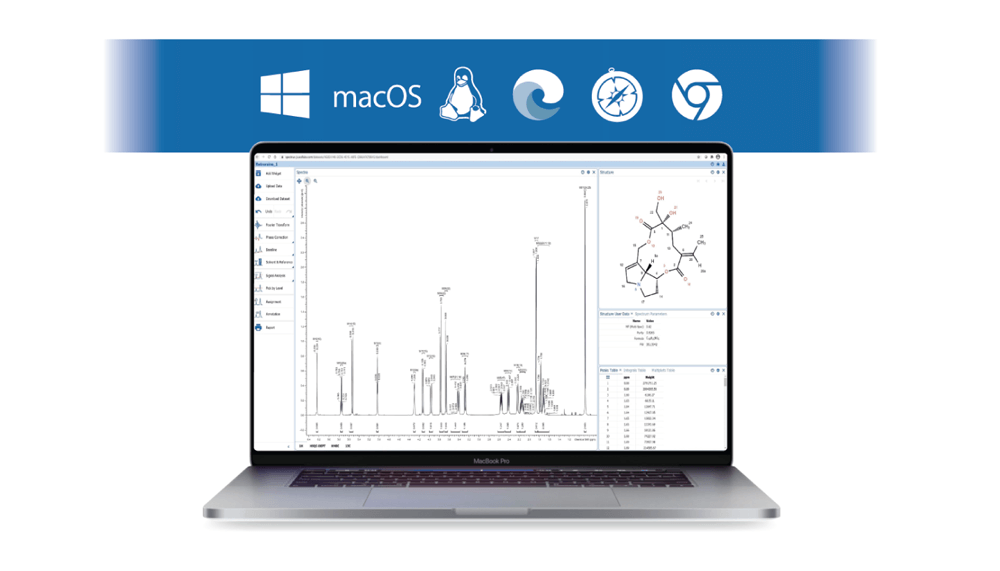
All you need to do is type the URL into your browser and log in to access the highly intuitive and configurable interface! Whether you’re a facility manager, research scientist, educator, or student, Spectrus JS makes every NMR user’s data processing workflow more accessible and convenient.
Try Spectrus JS free for three weeks: www.acdlabs.com/SpectrusJSTrial
What sets your company apart from other businesses in the space?
In this era of digital transformation, organizations are still struggling to deal with the variety and volume of data generated by their analytical instrumentation. The following capabilities set ACD/Labs apart from other informatics vendors:
• Breadth of native analytical technique and format support
• Range and scope of analytical data processing and analysis capabilities
• Capability to store and manage all analytical data, and the ability to associate “digital representations” of scientists’ and algorithm-based interpretation/analysis results to such data.

How do you plan to continue innovating in 2022 and beyond?
We are currently expanding the capabilities of our Spectrus Platform to include utilities for Edge computing. This should further assist our customers in managing heterogeneous analytical data more effectively. In 2022, and beyond, we will release utilities that support:
• Automated Data Marshalling – from the source to the cloud
• Extended technique and format support for our browser-based client applications, including Spectrus JS
• Enhanced data storage, query, and access capabilities – for both scientific end-user and machine learning applications.
Spectroscopy redefined – this is what we consider our AvaSpec-Mini spectrometers to represent.
In cases where size matters, the AvaSpec CompactLine of spectrometers offers one of the smallest form factors on the market. This compact spectrometer enables easier integration into original equipment manufacturer (OEM) and handheld devices. But don’t be mistaken – squeezing down the size does not compromise the performance of the AvaSpec-Mini. And with multiple configurations available, this spectrometer can be used for numerous applications across various industries.
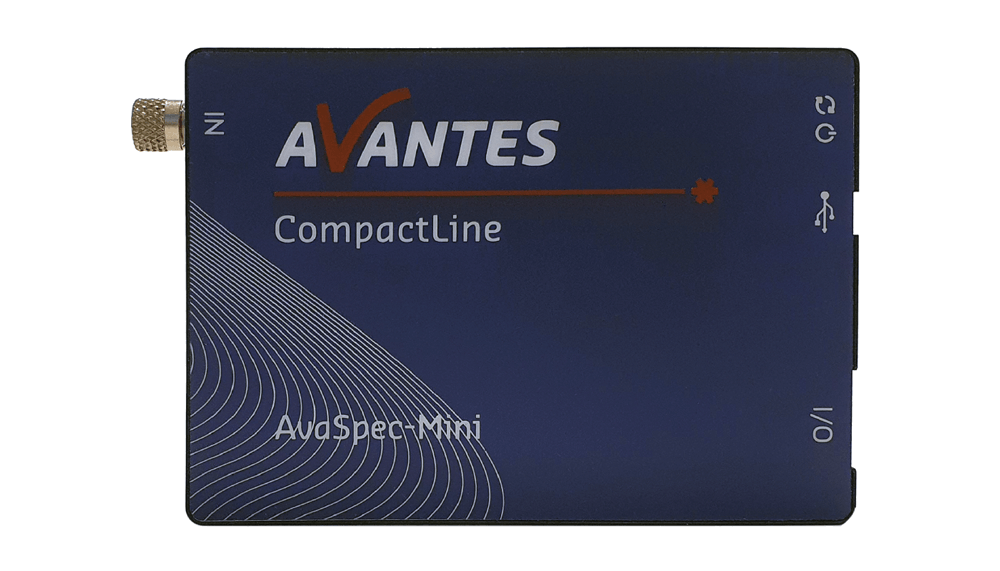
As the AvaSpec-Mini is produced using a semi-automated production process – called AvaMation – we can ensure unsurpassed inter-instrument reproducibility. Equipped with CMOS detectors, and advanced electronics and communications these miniature spectrometers offer high resolution – speed – and they are suitable for harsh environments.
Curious how our AvaSpec-Mini can improve your application? Visit our website for more information: www.avantes.com/future-proof
I’m most proud of our recent automated manufacturing process – or “AvaMation,” as we call it. Historically, our spectrometers have been assembled by hand with great precision, care, and expertise, but this new way of manufacturing yields many benefits for our customers. AvaMation provides unsurpassed inter-instrument reproducibility, scalability in production, and enables data analysis for further product innovation. With AvaMation we are ready for a future with an increasing demand for high-quality spectrometers.

How do you plan to continue innovating in 2022 and beyond?
We are currently expanding the capabilities of our Spectrus Platform to include utilities for Edge computing. This should further assist our customers in managing heterogeneous analytical data more effectively. In 2022, and beyond, we will release utilities that support:
• Automated Data Marshalling – from the source to the cloud
• Extended technique and format support for our browser-based client applications, including Spectrus JS
• Enhanced data storage, query, and access capabilities – for both scientific end-user and machine learning applications.
How does your company embody “innovation”?
We continuously invest in the future, company-wide. Innovating, together with our customers, is an important belief within our company. And that’s why we invest in in-house application know-how. Our sales team, for example, consists of engineers and physicists with specific knowledge of the areas our customers operate in. Thanks to all this in-house knowledge, we can offer our customers the optimum solution to their application challenges.
What sets your company apart from other businesses in this space?
We believe in a partnership approach, tailoring our solutions to meet the needs of the end user. We are passionate about the success of our customers, so we like to go the extra mile in everything we do. We follow a discovery journey with our customers to ensure we create their most suitable setup. Furthermore, we offer extensive feasibility studies, demo equipment, and expert advice – all to support our customers in finding their most valuable setup.
In 1971, the first TSKgel column was launched for polymer analysis (a TSKgel S-type polymer-based gel permeation chromatography [GPC] column). Just five years later, the first publications on fast liquid chromatography – or HPLC, as it would later be known – arrived. Since then, Tosoh has been a world leader in the analysis of proteins and the development of columns for size exclusion chromatography (SEC).
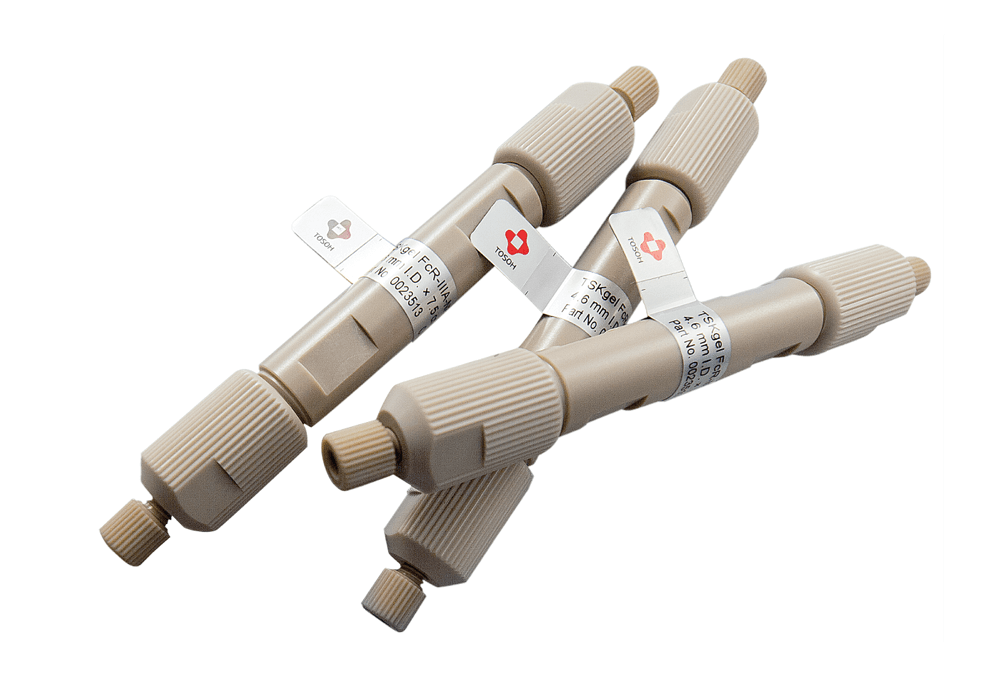
TSKgel – top in SEC development
TSKgel S-type columns paved the way for an entire suite of columns in nearly every mode of liquid chromatography. TSKgel biochromatography columns became increasingly popular as they were already established when biotherapeutics, such as proteins, antibodies, and nucleic acids, emerged. SEC remained a special focus in Tosoh’s product line, with TSKgel SW columns becoming biopharma’s first choice for therapeutic antibodies. The most recent developments include UHPLC versions of the stationary phases for biomolecule analysis and affinity columns mimicking biological processes for fast functional characterization of antibodies.
Find more information at: www.tosohbioscience.de
What motivates you?
I am excited about new therapeutics for diseases that were barely treatable just a few years ago. My motivation is to help those at the forefront of this work – the people developing, producing and controlling drugs, and biopharmaceuticals in particular. I feel this is true for everyone I work with at Tosoh Bioscience. In concrete terms, as an analytical scientist this means making analyses faster, more precise, and adding further critical quality attributes.
What development are you most proud of?
It relates back to speed and critical quality attributes: Tosoh developed an affinity chromatography column that analyzes the interaction between a monoclonal antibody (mAb) and a receptor that is responsible for mAb’s functionality. We hoped to reduce the time it took to investigate the function and structural changes of mAbs and indeed, we received positive feedback from researchers that the elimination of sample preparation facilitates their workflows. We are all very proud of this.
What collaborations are you excited about?
All collaborations that share our goals are inherently the most interesting for me. We are currently collaborating with academic partners who are working to obtain more information about therapeutic samples in a short timeframe; for example, by using 2D-LC or mass spectrometry approaches. This work will ultimately help support our biopharma partners as they move forward with new developments.





